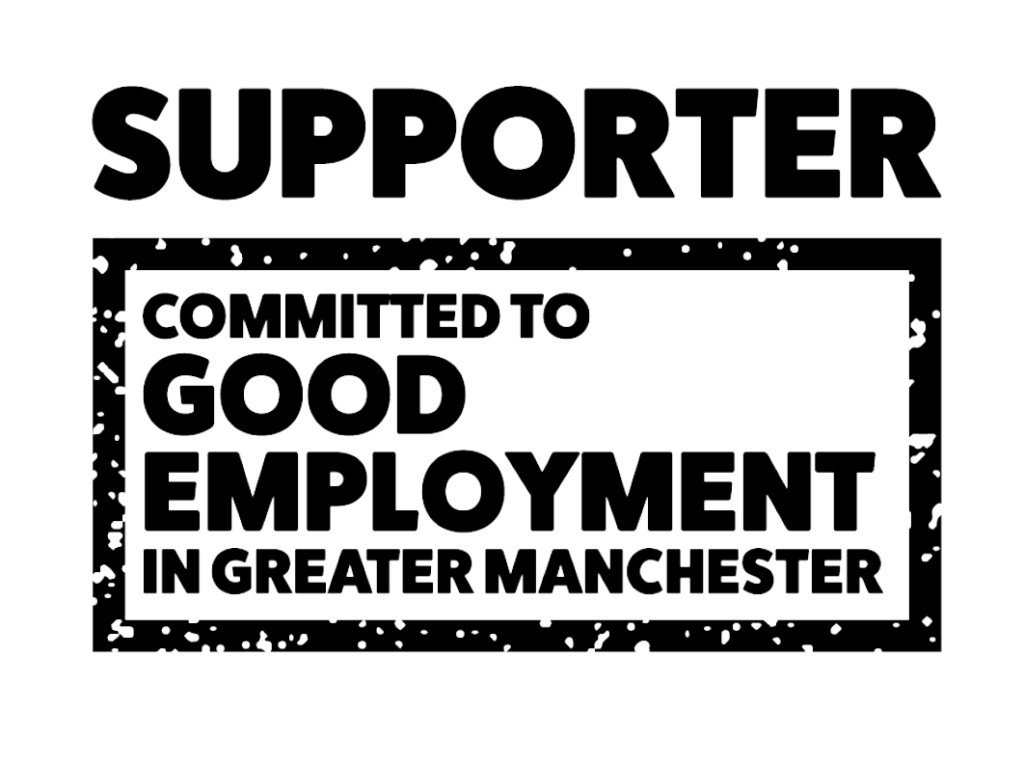How Does It Make You Feel? The Power of Music and Emotions in Marketing

Think of your favourite advert. How does it make you feel? Happy? Melancholic? Nostalgic? Now put a pin in that. Imagine the advert without music, does it still conjure up the same emotions in you? Now, what is the most annoying advert you can think of? If Go Compare isn’t somewhere on your list, then you are probably one of the few. We can argue that the jingle which has forced itself into our ears for over a decade can be classed as gimmicky, potentially pigeonholing the brand into a position that could be difficult to evolve from. But we cannot ignore the success of the ad campaign that has proved to be one of the most memorable of late. And it is memorable through the power of sound, through the power of music. This blog aims to showcase how music in marketing can impact the way we feel. Let the music use you Lee Ash of Walk Tall Creative gave us his thoughts on the use of music by brands: “As a Creative Director, it’s my job to simplify often complex brand messages, communicate them with clarity, persuade audiences to buy something or buy into something, engage more deeply, even change behaviour. Depending on the brief and budget, the client’s ambition and the campaign planner’s insight and vision… I’ve got five senses to play with. I love being given the opportunity to experiment with music, creating emotion with sound, leaving a lasting impression, and encouraging positive action – with sonic DNA often lingering long after visual imagery has faded away. There’s a damn good (commercial) reason why almost 13 years after Gio Compario first appeared on our screens, we still can’t ignore him belting it out from the top of his lungs. And if you don’t believe me, go ask Go Compare’s Finance Director!” Living in a society where technology is increasingly being pushed to its core makes avoiding using all aspects of it more and more difficult. Screen time is ever-increasing, attention spans are lessening, and the need for engaging stimulation is at an all-time high. Simply making use of visual mediums is no longer sufficient in enticing new audiences and retaining current ones. A connector of worlds Music is a universal language no matter how you experience it. Whether it be through headphones, speakers, in live settings, or through vibrations, we have all experienced it. What’s more, is that it is something we cannot consciously avoid. Your eyes may dip to your phone screen when the 3 and a bit minute advert break comes onto your TV, but you cannot tune out what you hear. Your head is likely to bob back up again if you hear a song that evokes some sort of emotion in you. This is because we need emotion to help filter through the reams of information that is constantly being thrown at us from all angles. We naturally tune out what isn’t wanted or needed, and it is our feelings that tend to dictate what breaks through the barriers in our brains. This notion is explored in Dan Hill’s book ‘Emotionomics’. He points out that our brains tend to supress new sensory input, due to information overload. Great news for marketers, right..? Instead of allowing all that we hear to be digested properly, we favour those inputs that we are familiar with. Our emotions mean that we react to sensory inputs based on our existing beliefs, based on what we recognise. Music in marketing Let us put this into a marketing context. Take the infamous John Lewis Christmas ads. They typically take classic songs and inject both more emotion and relevance into the arrangement by using powerful covers from modern artists. Whilst the songs may sound different to us, the feelings of nostalgia are still undeniable when the ads return to our screens each November. This feeling of nostalgia is certainly a very powerful emotion, with music reportedly being the number 1 trigger for it. Unsurprising then is the success of the John Lewis ad campaigns and the much-loved Cadbury’s Gorilla advert which resurrected Phil Collins’ ‘In The Air Tonight’. Even less shocking is their reach when you consider that 60% of consumers are more likely to engage with adverts that elicit feelings of nostalgia. Whilst nostalgia is often evoked by iconic songs, just a simple combination of notes can be enough to unlock a memory in us that we didn’t even realise we had. This is extremely powerful. Imagine creating a brand that is instantly recognisable to consumers just through the use of one sound. When an audience naturally associates a sound with a brand, this unique audio identity has successfully brought the brand its own voice. It makes sense to hear then that sound is rated as a key element of brand communication by 41% of consumers. Think beyond jingles here. Although this particular use of music in marketing has seen incredible success since its roots in the mid 1900s, this style has progressed significantly. With a complete saturation of adverts, an instantly recognisable and memorable technique is needed to cut through the noise. Whilst jingles still have some value, many marketers have now turned to using sounds lasting typically up to 5 seconds that are instantly associated with the brand. This is what we can call an audio logo (also known as audio or sonic branding), and is a tool that has brought us closer to many of the biggest brands out there, without us even realising it. We hear the classic “Ba da ba ba ba, I’m lovin’ it”, and our brains may automatically respond without us even knowing and we instantly feel hungry. Perhaps hearing Netflix’s audio logo ‘ta-dum’ may make us think of that series we have recently been binging. You might hear the Xbox log on sound and be transported to a time where you were throwing the controller at the screen in a frustrated rage. Whatever emotion these audio logos elicit will act as a powerful tool for your brand. Consumers may no longer perceive their relationships with a brand to be purely transactional, and this relationship may transcend to one that is formed on an emotional level. Tune in


